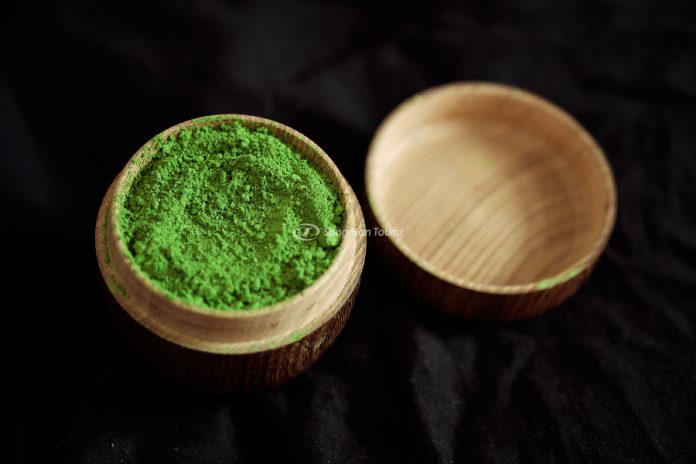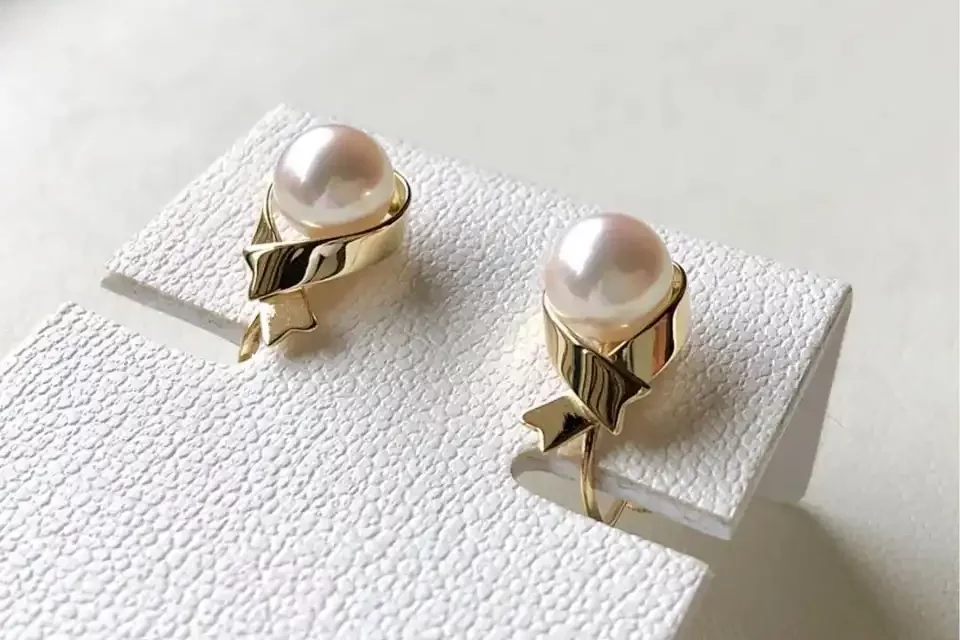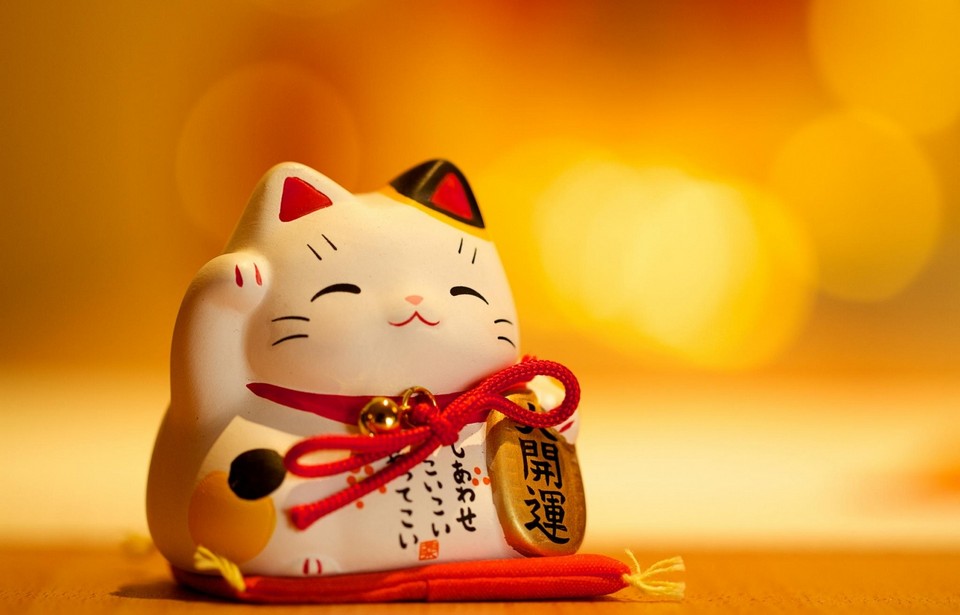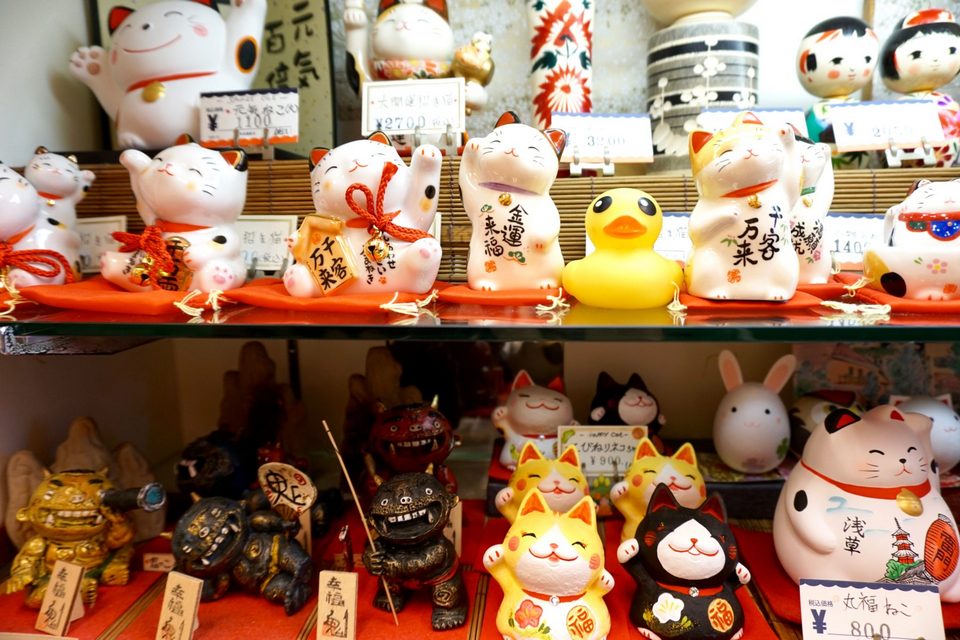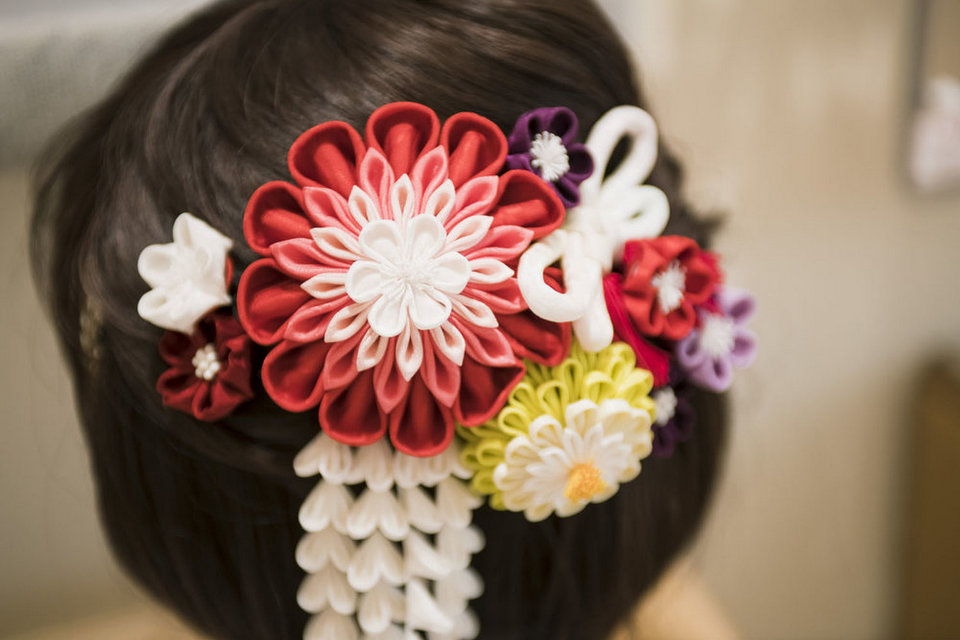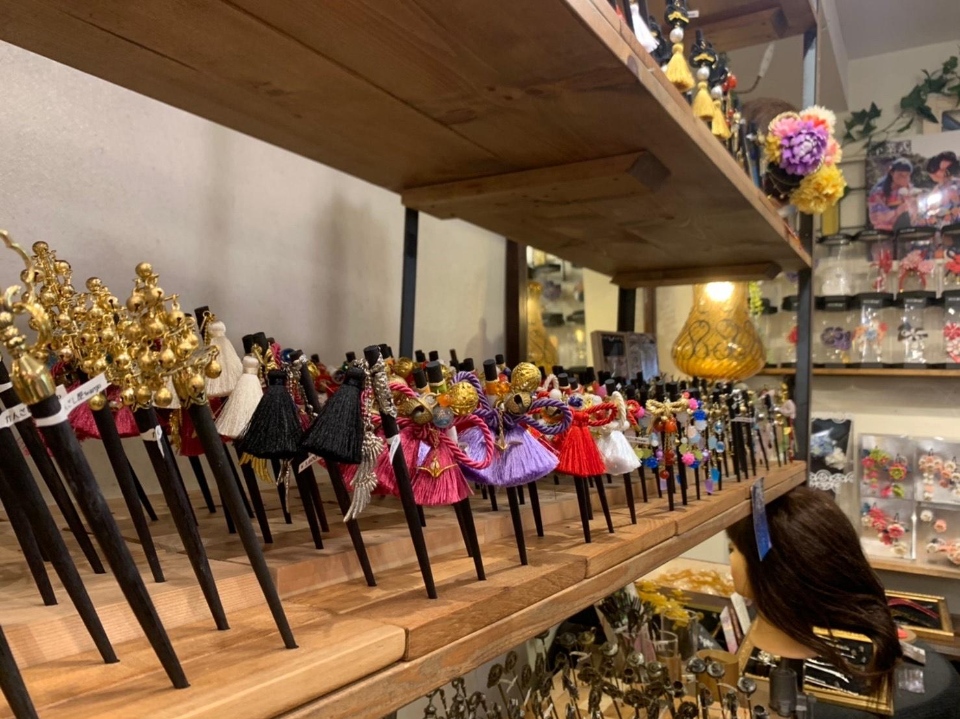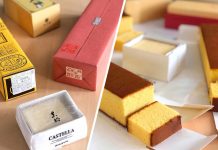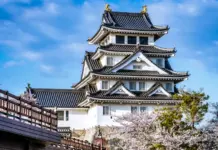Japan is a country famous for its unique but equally quirky souvenirs. If you have the opportunity to travel to Japan and wonder what to buy as a gift, continue reading the list below! These items will absolutely make anyone who loves Japanese culture crazy when they receive them! So, what souvenirs to buy in Japan? Let’s check out our suggested 12+ must have souvenirs from japan and must buy souvenirs in japan which including Japanese culture gifts, traditional Japanese gifts and traditional Japanese souvenirs as follows!
- Must buy in Osaka: 25+ Cheap things to buy & best souvenirs from Osaka
- What to Buy in Japan? Suggestions for 17+ must buy souvenirs in Japan
- What to buy in Kyoto? — 31+ must-buy Kyoto souvenirs, gifts & best things to buy in Kyoto
- Where to buy souvenirs in Kyoto? — Top 11+ best places to shop in Kyoto & what to buy in Kyoto
- What to buy in Osaka? — Top 21+ gifts, souvenirs & best things to buy in Osaka
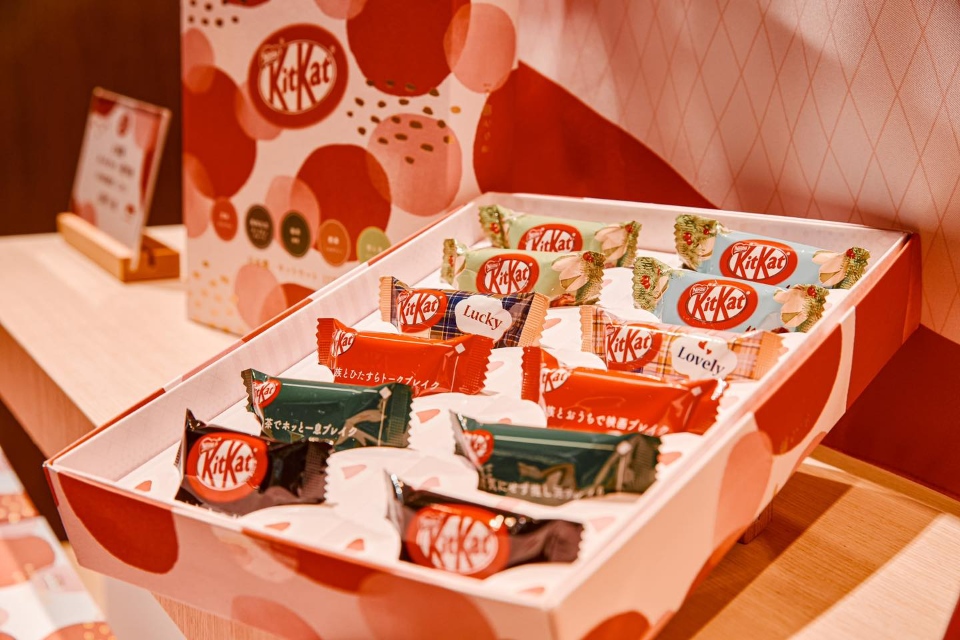
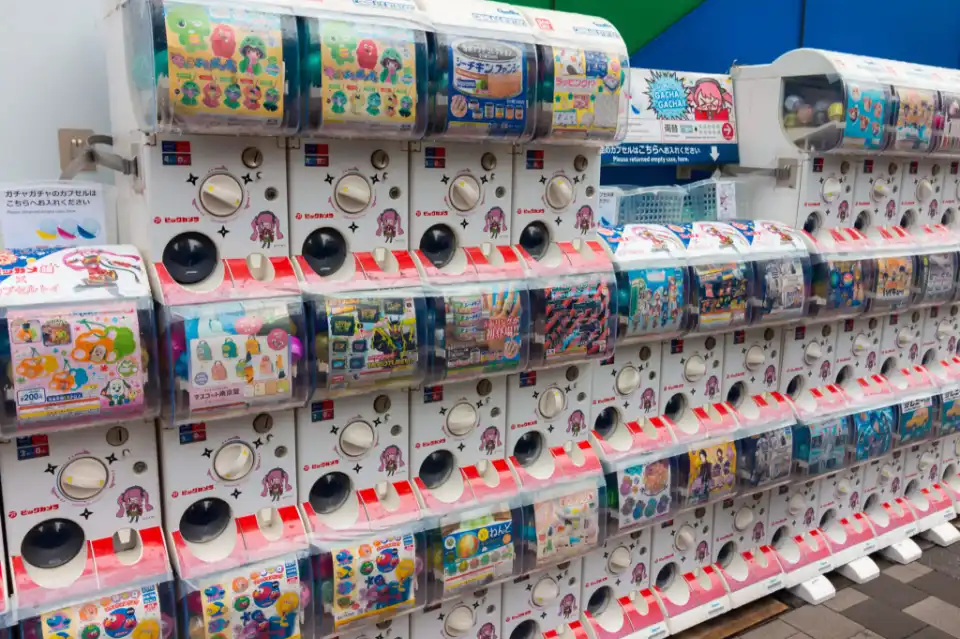
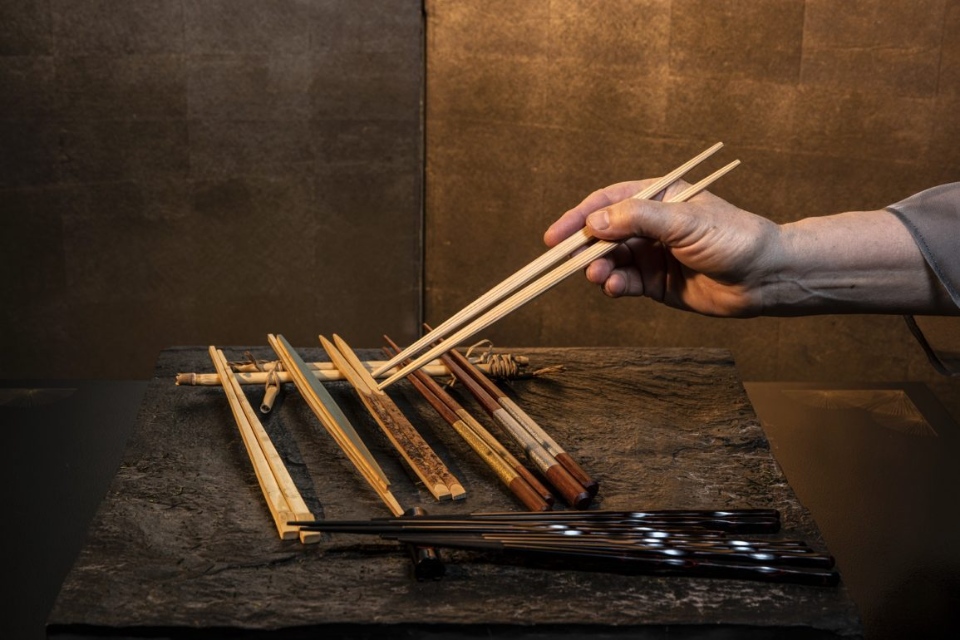

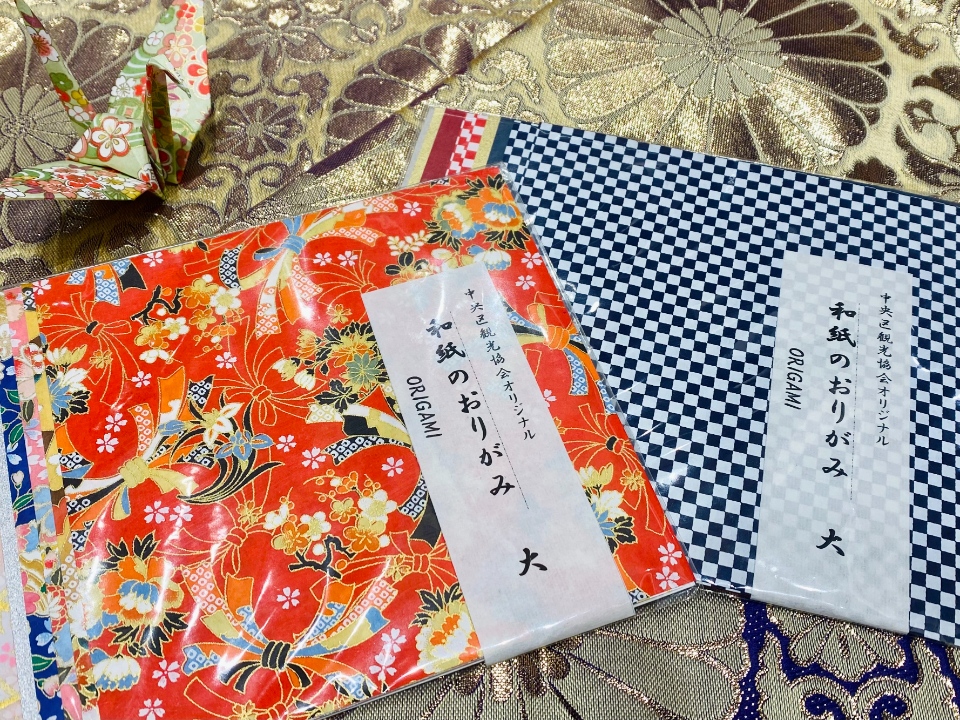
Kendama toys (# what souvenirs to buy in japan)
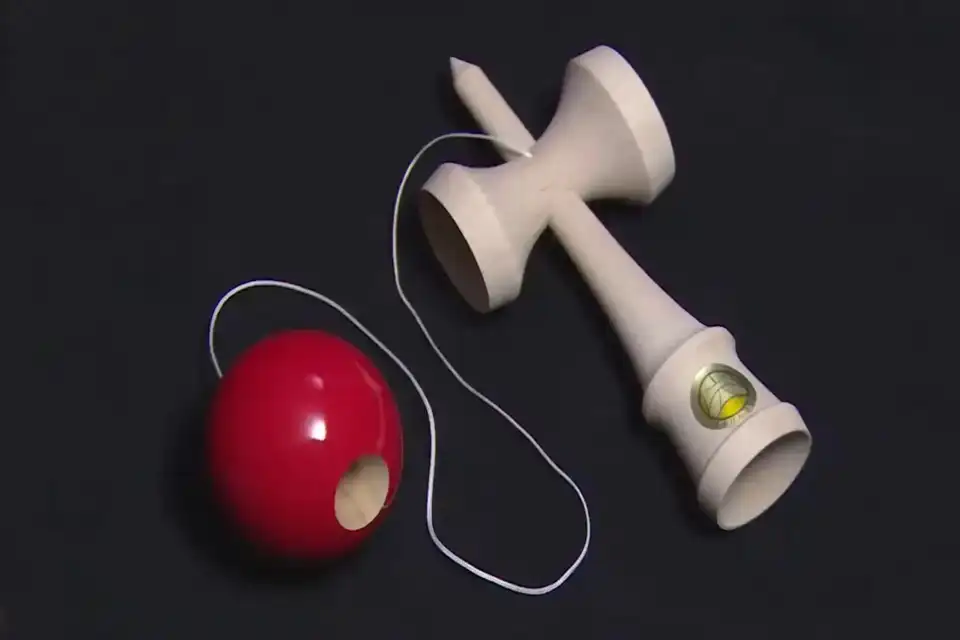
Kendama is a traditional Japanese toy. Although it has a very simple design (a small round ball connected to the handle by a string), this game is really difficult, challenging the player’s patience and ingenuity. Kendama is an interesting folk gift that you should buy for your friends. It appears in many Japanese movies from historical to modern genres, so just by playing it, you can feel the essence of the land of the rising sun right before your eyes.
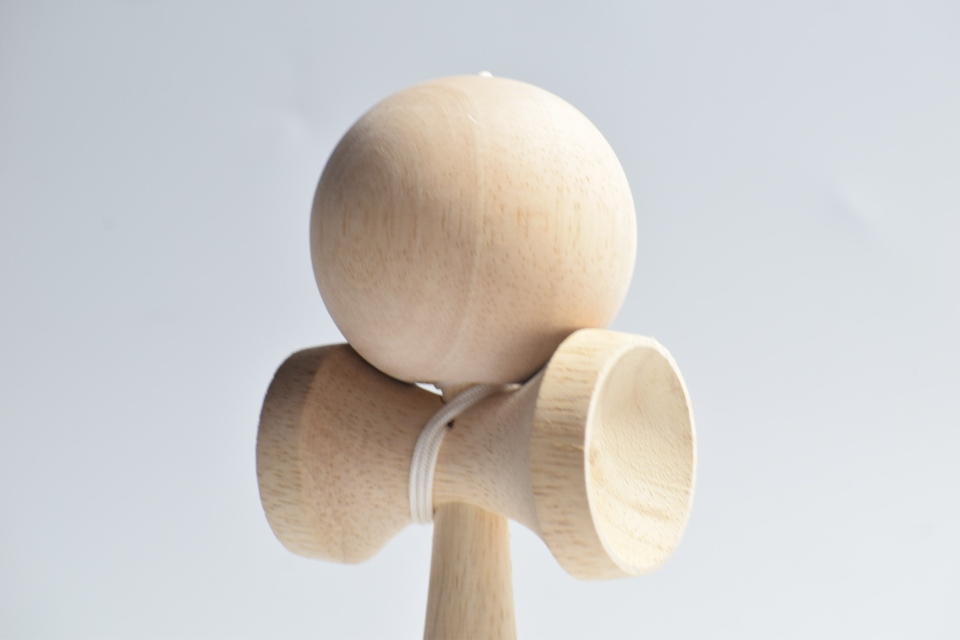
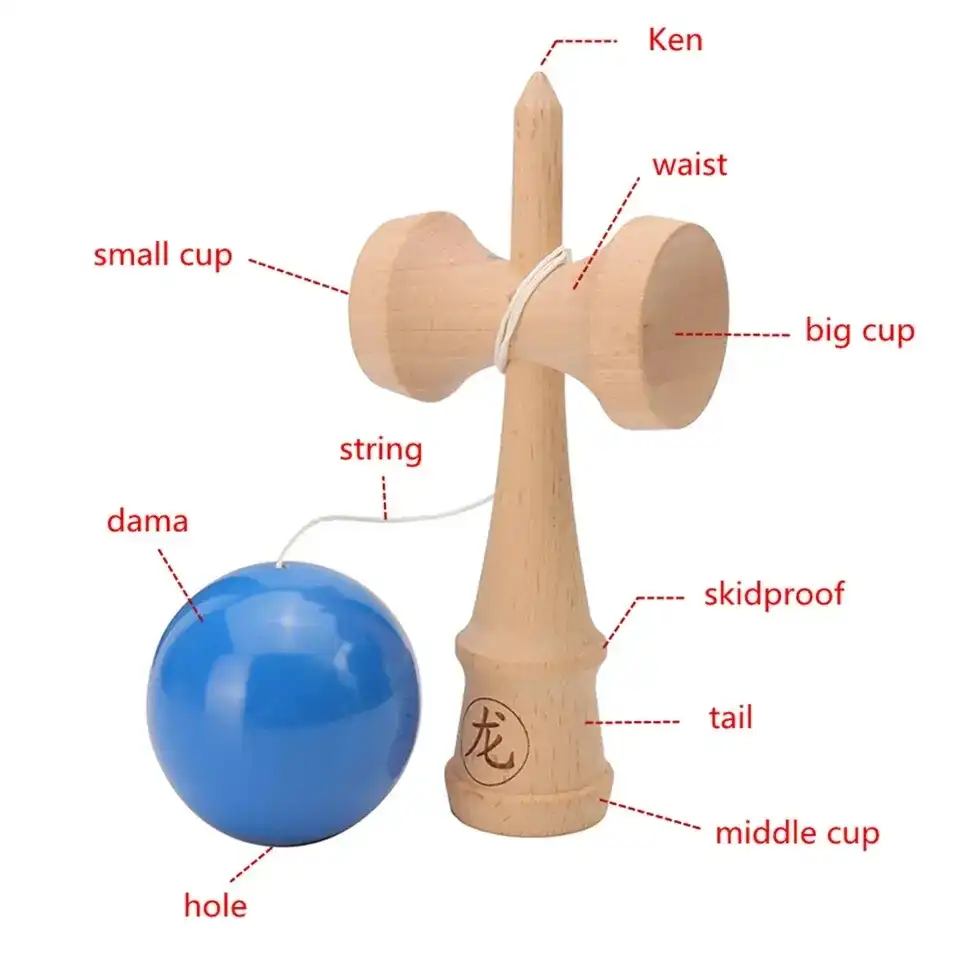
Sake (# traditional japanese souvenirs)
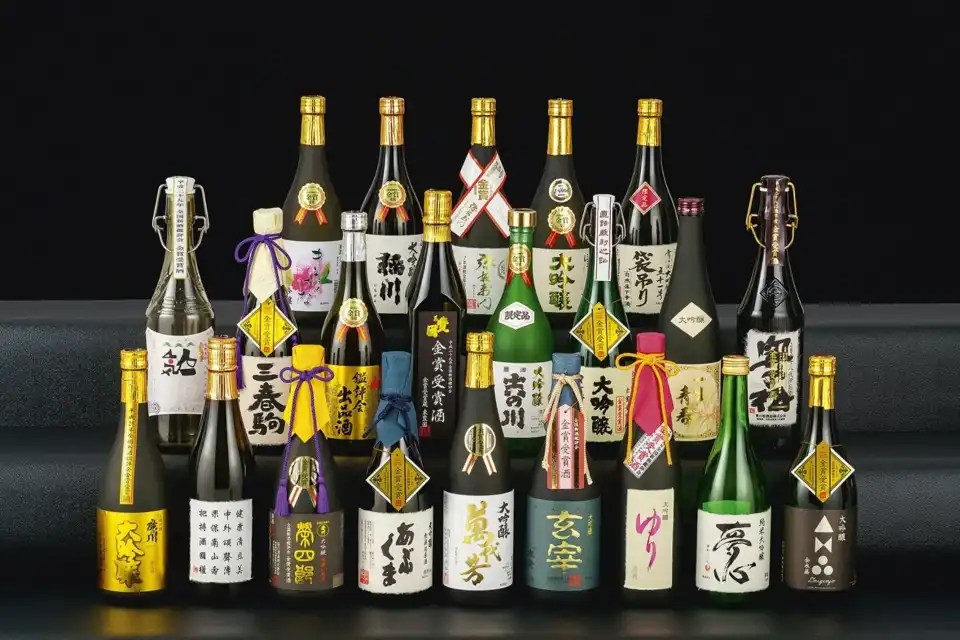
There is no exact record of when the Japanese began producing sake. We only know that sake has been produced and enjoyed for thousands of years, passed down from generation to generation. Gradually, it has become a unique and sophisticated alcoholic drink, an exotic cultural characteristic of the land of cherry blossoms.

Although Japanese sake is made from fermented rice, it also has some flavors similar to grape wine. It is estimated that there are more than 2,700 sake breweries across Japan. Each brewery uses a different type of rice, Koji yeast, and different water such as spring water or filtered water, according to their own production method. There are certain differences between Japanese alcohol-producing regions, making the world of sake diverse and complex.
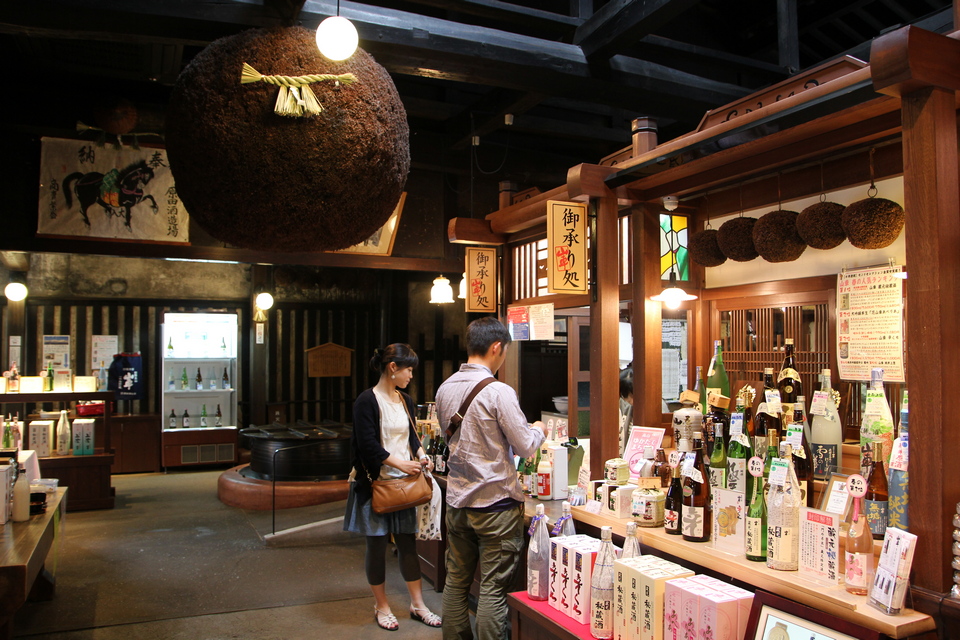
Sake is a suitable gift for people who love gathering with friends, without having to worry about getting wasted because Sake is much lighter than other types of alcohol.
Matcha (# traditional japanese gifts)
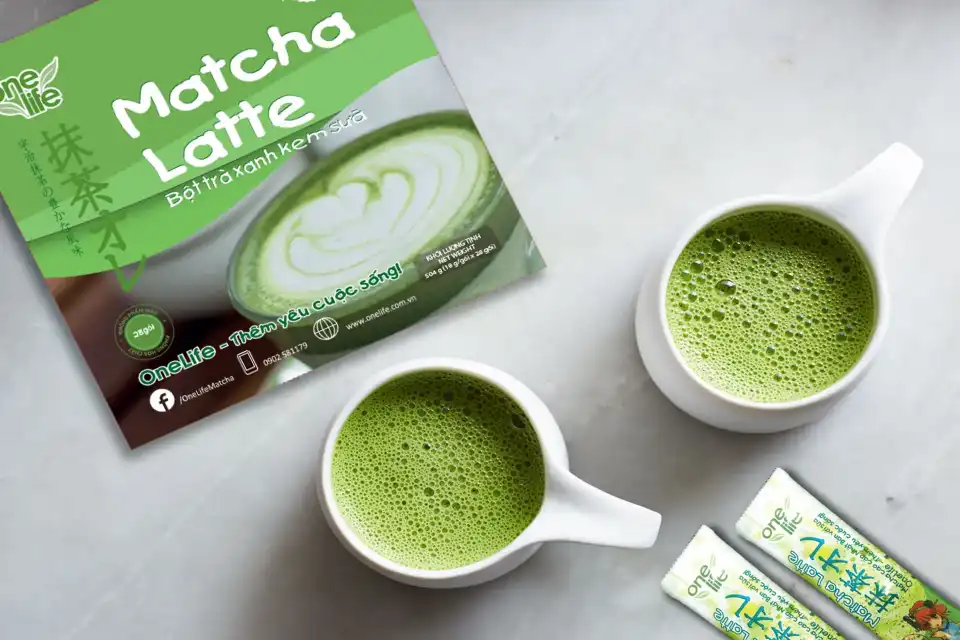
Matcha is essentially green tea powder, made from green tea buds and leaves grown in Japan through a meticulous and elaborate processing phase. Matcha green tea powder is a drink during important Japanese occasions and has existed in Japanese cultural history for about 800 years. However, in modern cuisine, matcha powder is applied and modified in many dishes and pastries, with a variety of flavors that many people love.
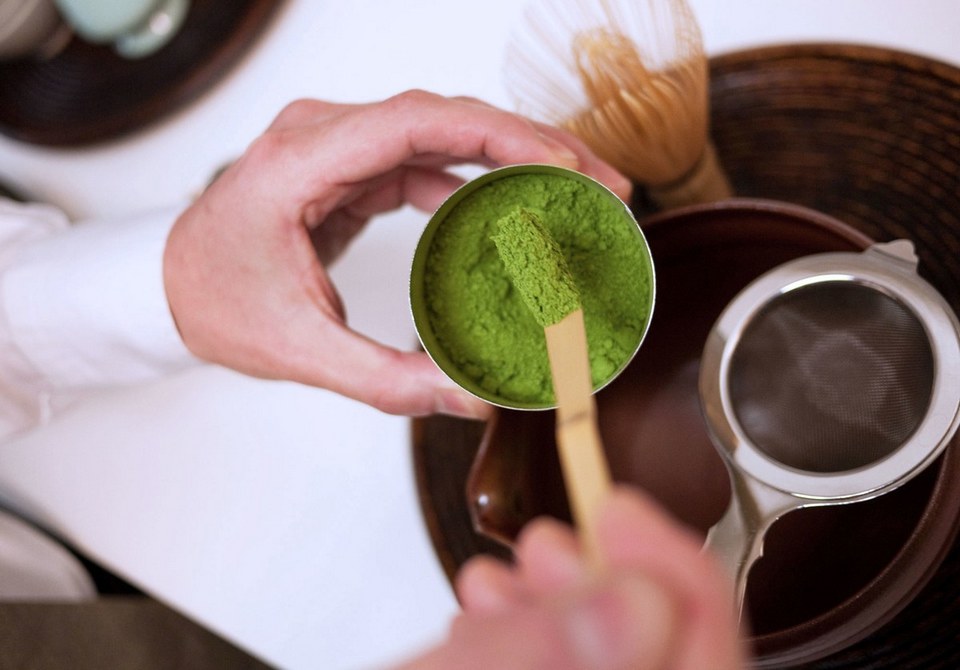
Matcha not only brings reverence and purity to Japanese tea ceremonies but it is also known as the “Japanese elixir,” that is, it brings energy and nutrients to help improve health and make your skin more beautiful. In addition, according to some studies, using Matcha green tea powder daily will help increase longevity.
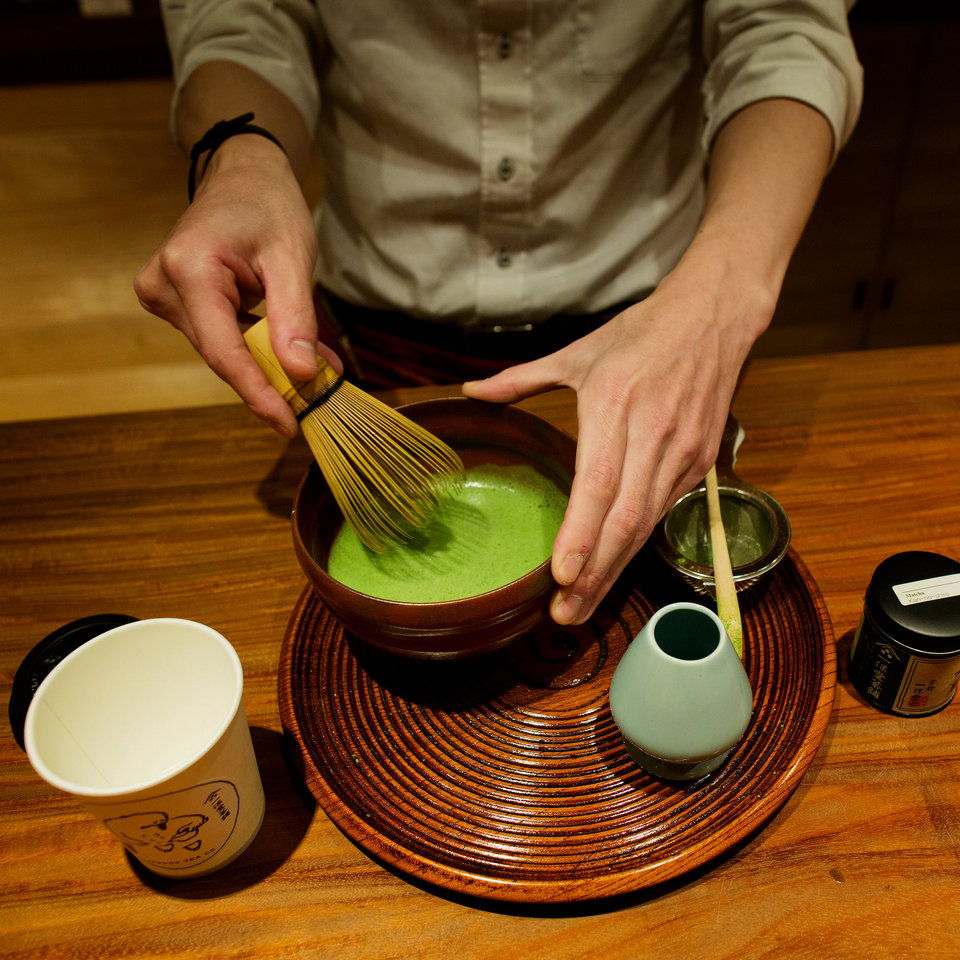
Recently, there have been a lot of dishes made from Matcha but I’m sure not many people have ever tried a cup of original Matcha. So, Matcha is something you should not forget to put in your luggage before heading back home.
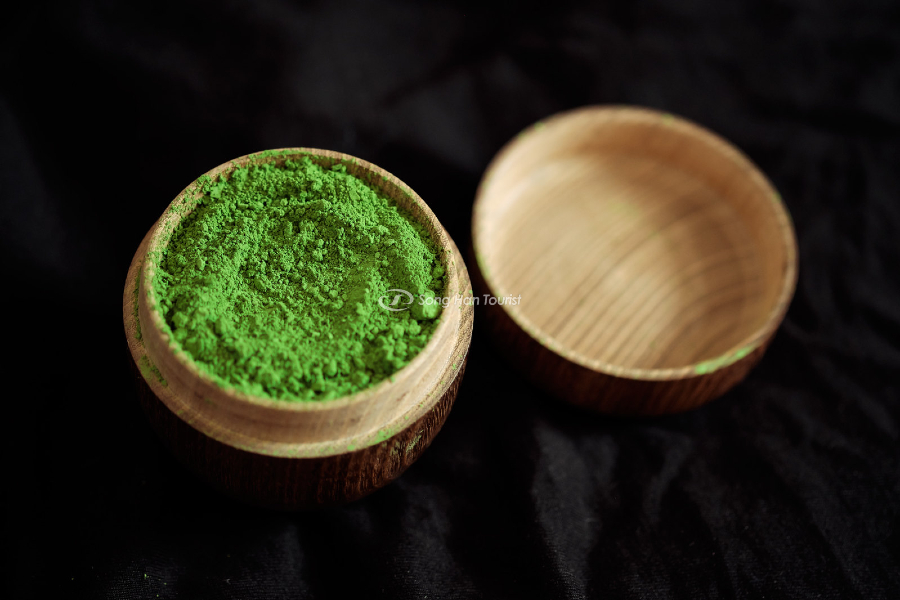

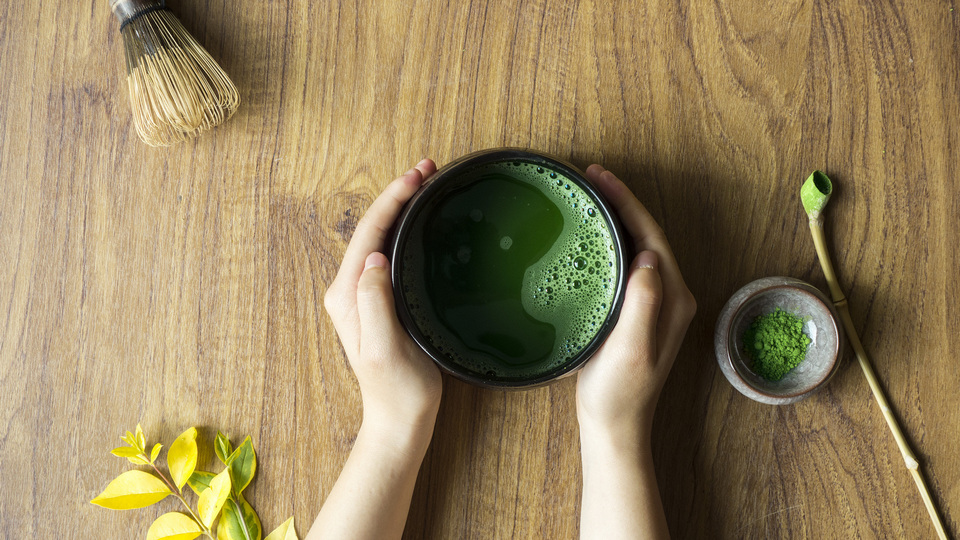
KitKat (# must buy souvenirs in japan)
It is no coincidence that many people label Japan the “kingdom of KitKat bars” as this is the favorite treat of the people of this country.
Careful at each step, chef Yasumasa Takagi poured a mixture of white chocolate and raspberries into a cream bag. Then, he placed the mix into a white plastic mold. However, Takagi was not preparing exquisite cakes for customers in a trendy cafe in Tokyo, Japan, but he was creating something more wonderful. People call it by the name KitKat.
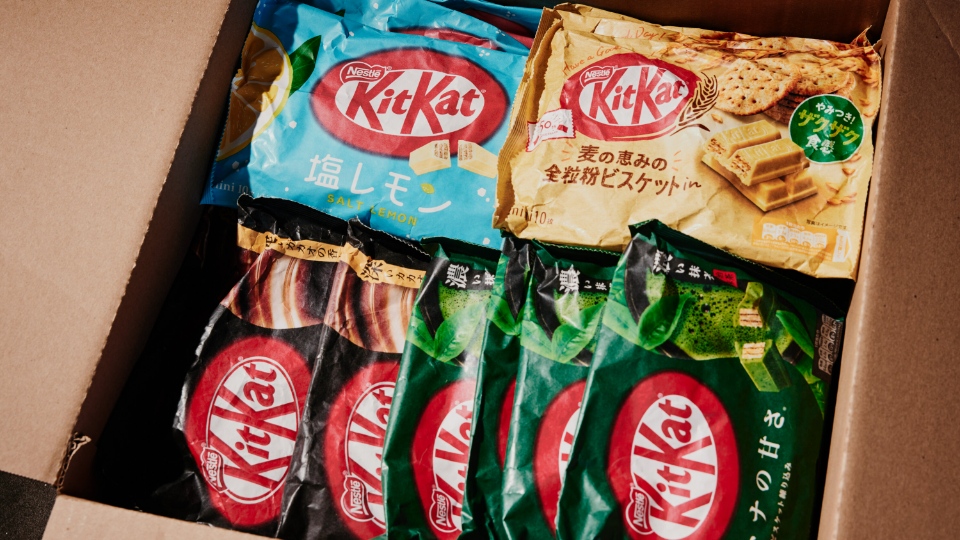
Most people around the world enjoy KitKat as a snack bar made from wafers and white chocolate. However, in Japan, it is something completely different. You will not only find simple chocolate bars but also colorful, unique, and strange flavors!

Currently, there are thousands of KitKat flavors for you to choose from, but some are only available exclusively in Japan. So, if you see unique flavors that you never thought of, don’t hesitate to try them!
Omamori (# japanese culture gifts)
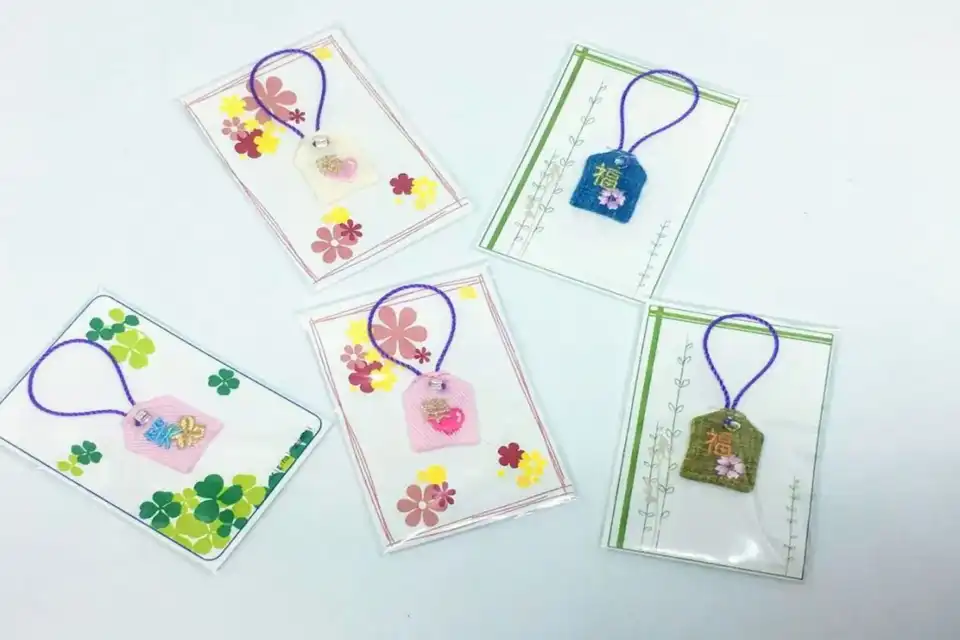
When it comes to spells, many people will feel afraid because spells often bring bad things, only those who intend to harm others will use them. But Omamori is the complete opposite. As the name suggests, lucky charms are used by many people to pray for good luck, avoid bad luck, and prevent unfortunate events from happening in daily life, work, and study. This type of amulet is often sold at Shinto shrines throughout Japan.
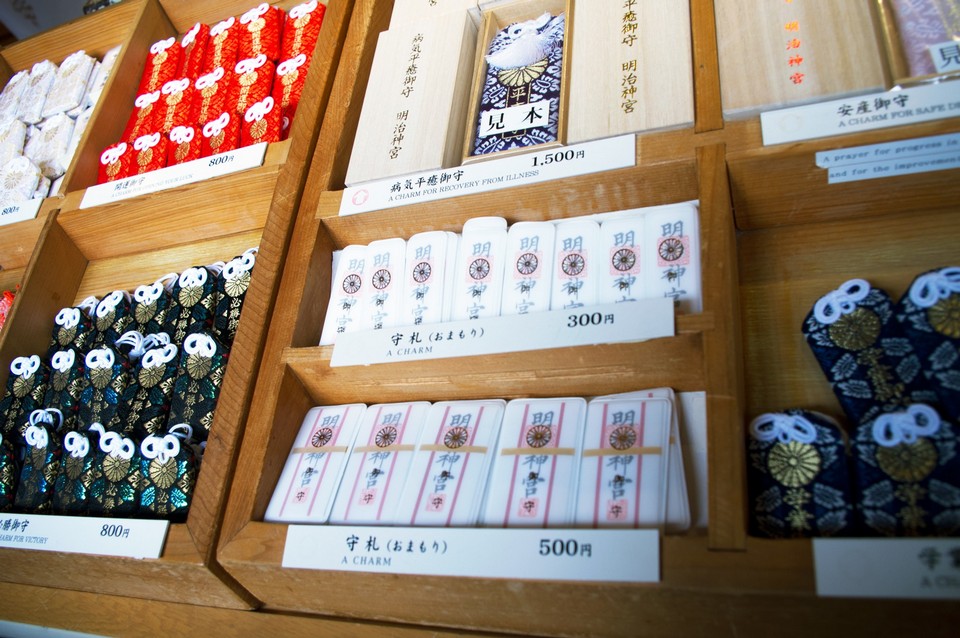
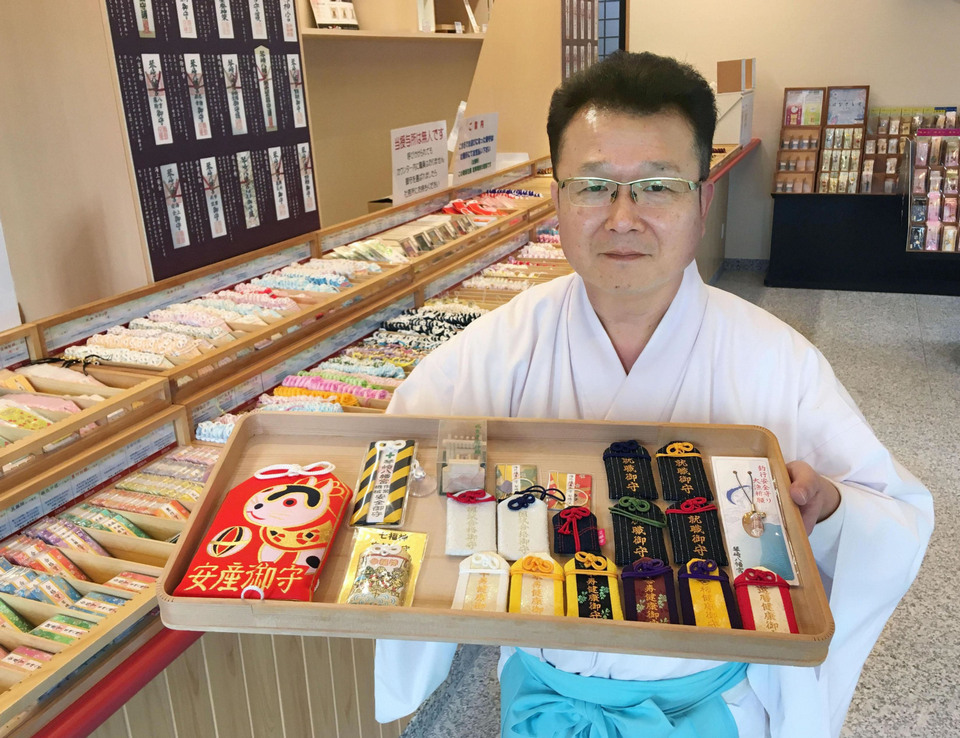
There are many different types of Omamori such as: praying for love, fortune, health, luck, and so on. This is a thoughtful gift that you should consider buying for your family and friends.
Gacha Gacha (# must have souvenirs from japan)

In some places outside Japan, we sometimes see Gacha machines, right? However, most of them only contain children’s toys. Meanwhile, with a “Gacha Powerhouse,” Gacha players in Japan do not just get children’s toys from these machines.

Normally, it only costs about 200–500 yen for one turn to play Gacha in Japan. Most of the prizes for each spin are anime merchandise, animal figures, historical character figures, gadgets, and popular gifts and souvenirs. Since the prizes are rotated periodically if you have the chance to travel to Japan and come across a Gacha machine that has your favorite item, remember to “snatch” it right away! It could be a once-in-a-lifetime opportunity!
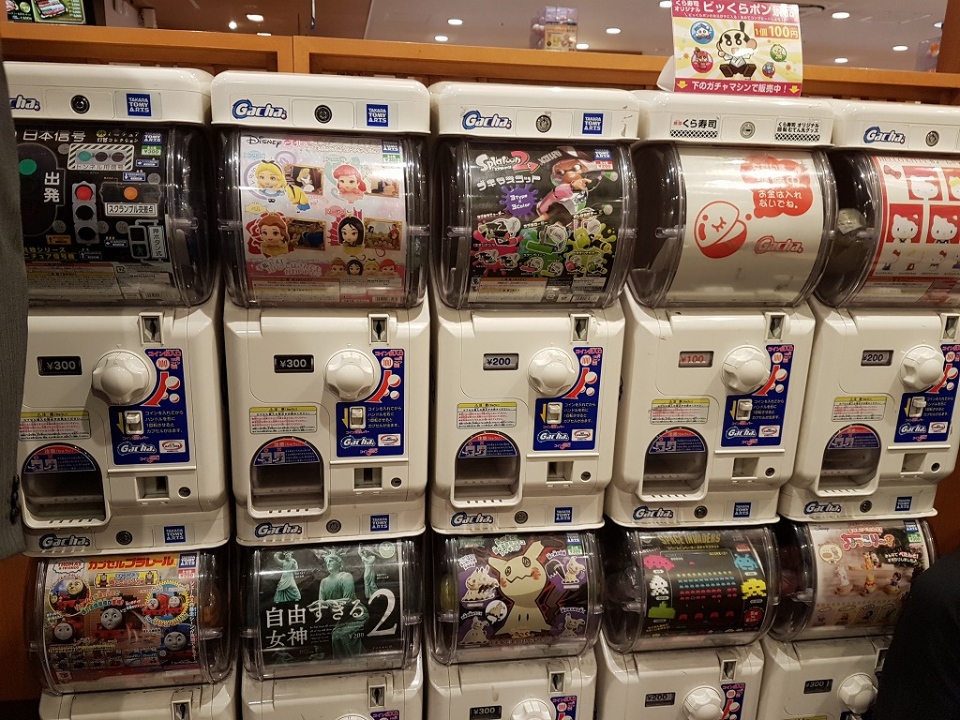
When it comes to Japanese Gacha, the most famous is located at the Gachapon Center in Akihabara. Because Akihabara is the “Mecca” of anime and related products, you will easily find Gacha machines scattered throughout the train stations as well as gaming rooms here.
Hashi (Japanese chopsticks)

Chopsticks are not eating utensils used only in Japan, they are also widely seen in Southeast Asian countries. Today, astronauts also use them when eating in space, and chopsticks are popularly known as eating utensils in the world.
There are many theories about the origin of chopsticks in Japan, the biggest one being that it was passed down from China. Chopsticks in Japan are mainly made from wood and bamboo. There are many varieties, from those that have lacquered finishes on the surface to those that leave the raw wood surface intact. Although the typical material is wood, many kinds of chopsticks use diverse materials such as oak, sakura, and cedar.
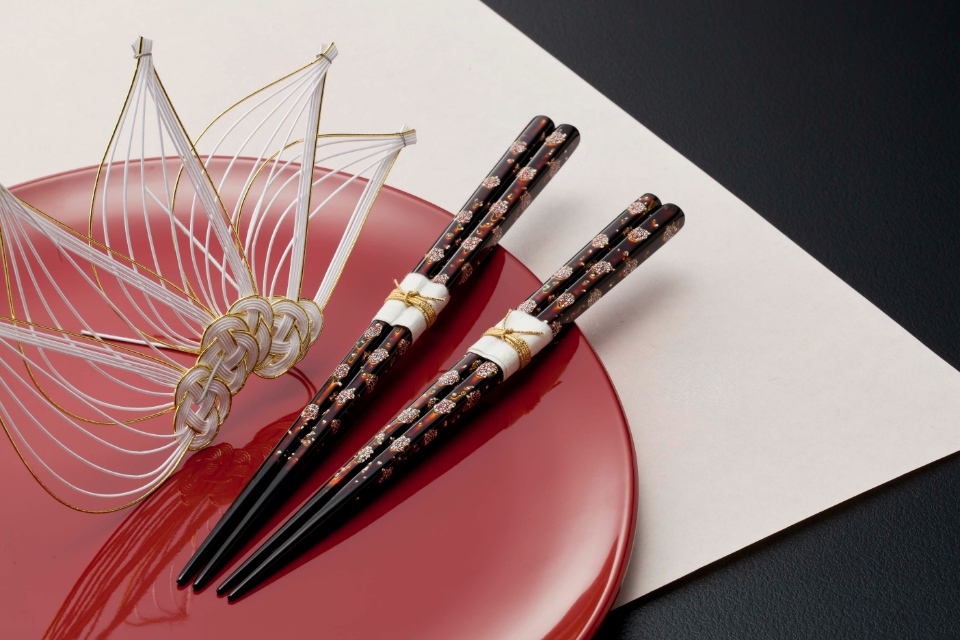
Chopsticks also play as traditional handicrafts in Japan. The most circulated product is Wakasanuri chopsticks made in Fukui Prefecture. This type of chopsticks uses eggshells and seashells to create decorative patterns. Besides, Kisonuri chopsticks have the simple beauty of wood, and there are many other signature types of chopsticks such as Edo chopsticks.
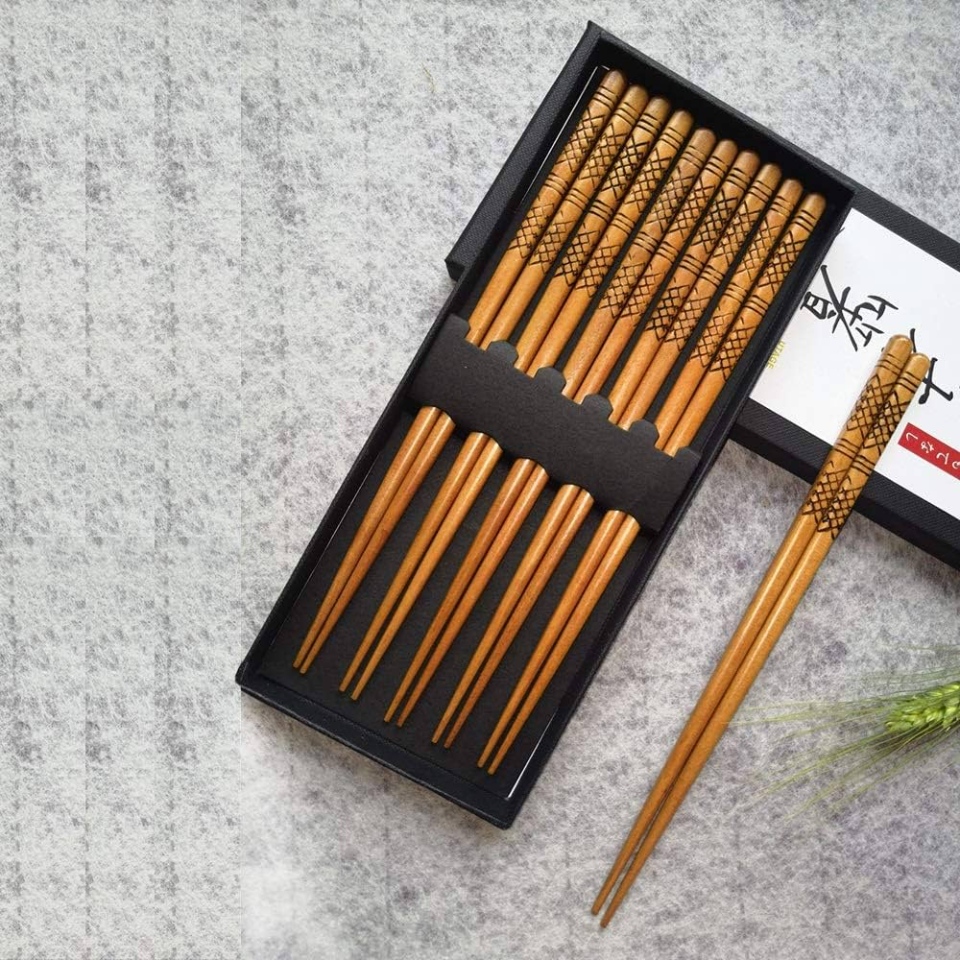
Hashi are not just ordinary chopsticks but also works of art made by traditional artisans. Japanese people respect chopsticks like treasures. Just try using Hashi to enjoy food, you will feel the artist’s character in the meal.
Sensu paper fan
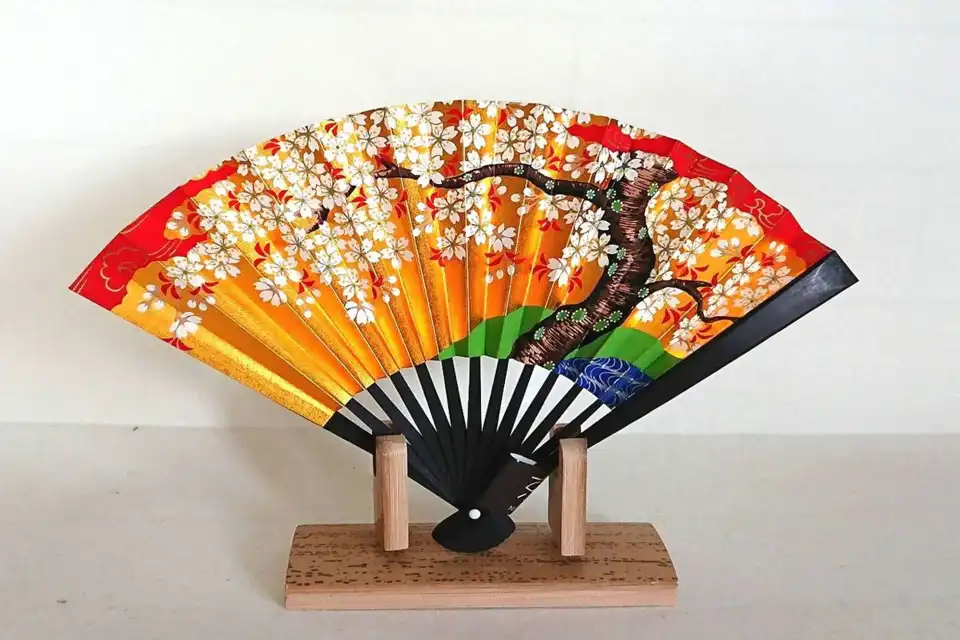
Not only has the function of cooling and decoration, but the Sensu folding fan is also an important prop in Noh plays, tea ceremonies, weddings, sacrifices, and an object of luck (engimono) representing friendship, respect, and goodwill. Understanding more about Sensu helps you gain a new perspective on this strange yet familiar item. Many people mistakenly believe that folding fans are of Chinese origin, but they were actually invented in Japan in the early Heian period.
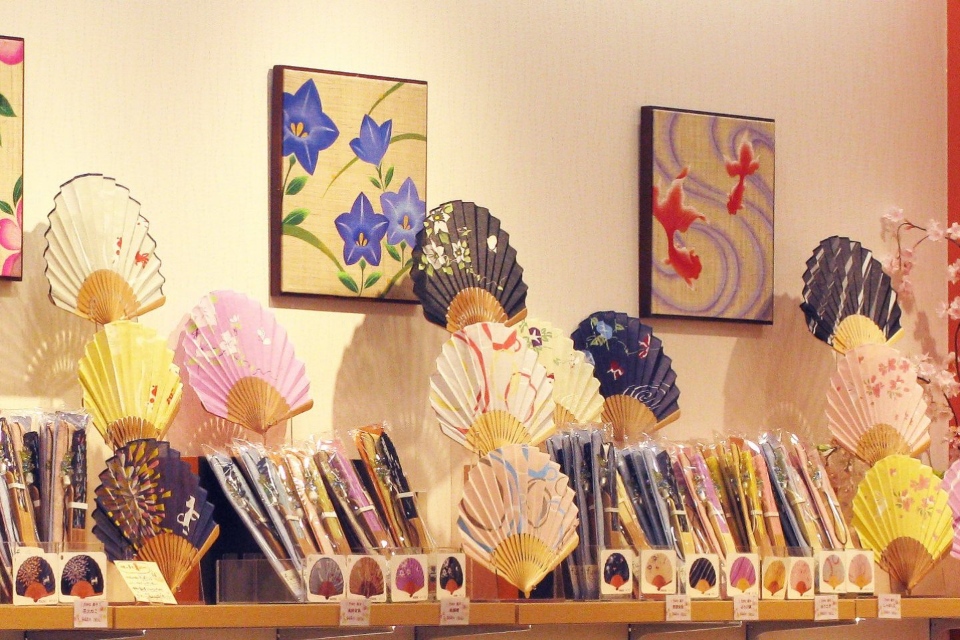
Looking at the fan soothing the harsh summer sun today, it is hard to imagine that about 1,200 years ago, folding fans with a simple structure consisting of only wooden and bamboo slats woven together were created. Japanese people use it to copy poetry or take notes on work. Gradually, the surface of the wooden slats was painted with beautiful images for noble women to use as decorations.
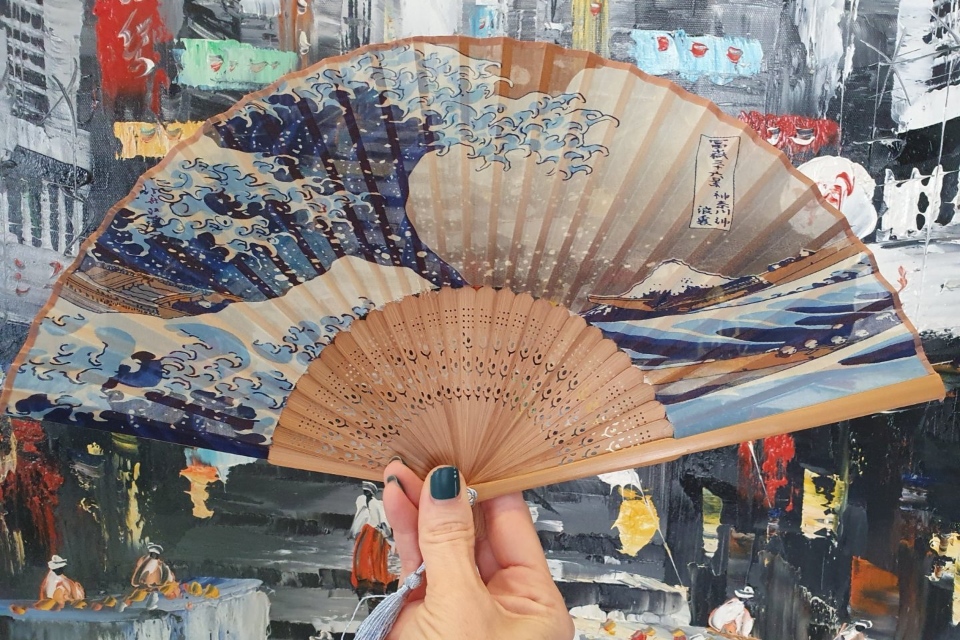
Not only that, fans were also used by high-ranking Heian nobles as gifts for people of lower status close to them. This gift culture persisted until the Edo period, expressed through the custom of giving white fans to close ones at the New Year festivals. During some holidays, a white fan wrapped in thin Washi paper called Sugihara-gami is also a meaningful gift.
Origami paper
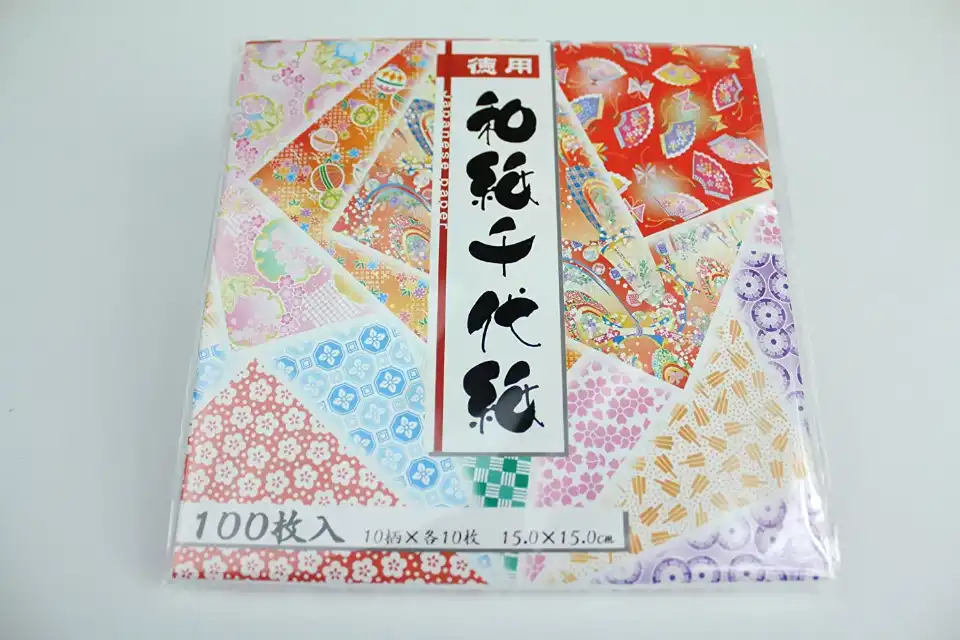
If you love paper art, Origami is a perfect gift for yourself. With unique Japanese motifs and some ingenuity, you can create anything you want from the paper.
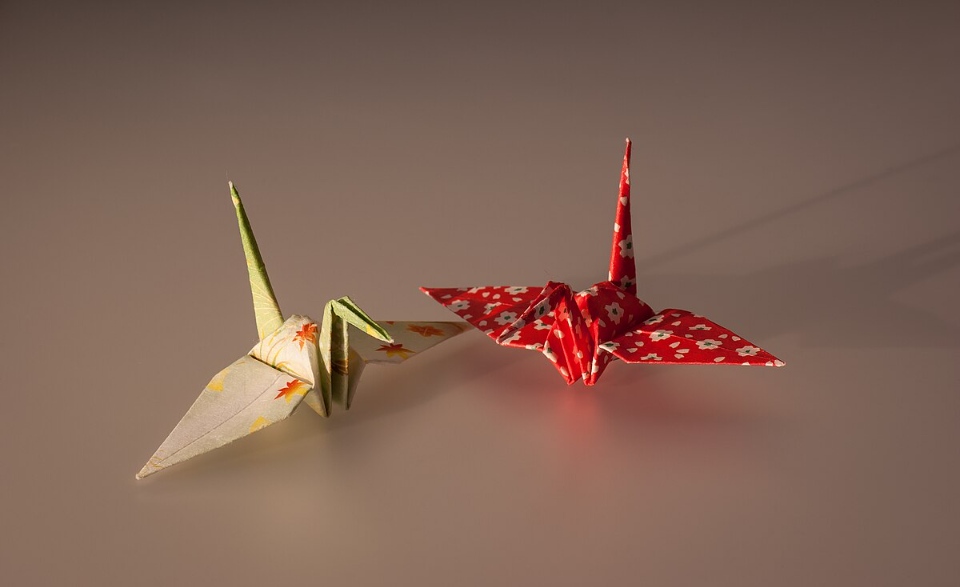
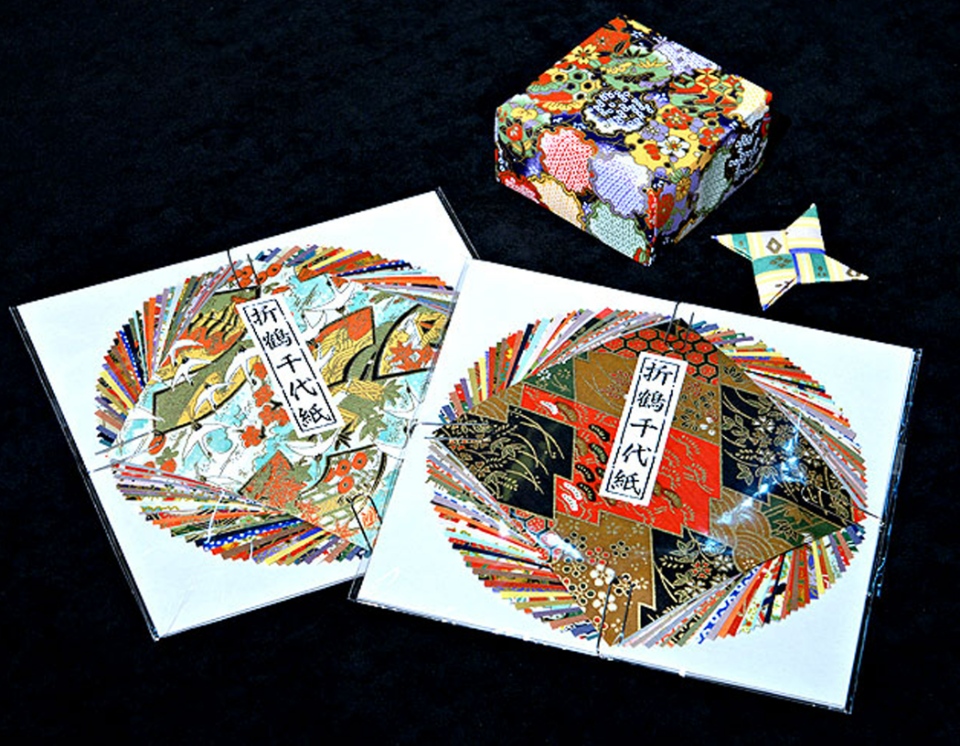
Mikimoto pearl earrings
Mikimoto was Japan’s first pearl specialty store, and its founder, Kōkichi Mikimoto, was the first person in the world to grow a hemispherical pearl. Their quality and design are at the forefront of the pearl fashion jewelry market. That’s why its price is not low, starting at about 30,000 yen (USD 208.00).
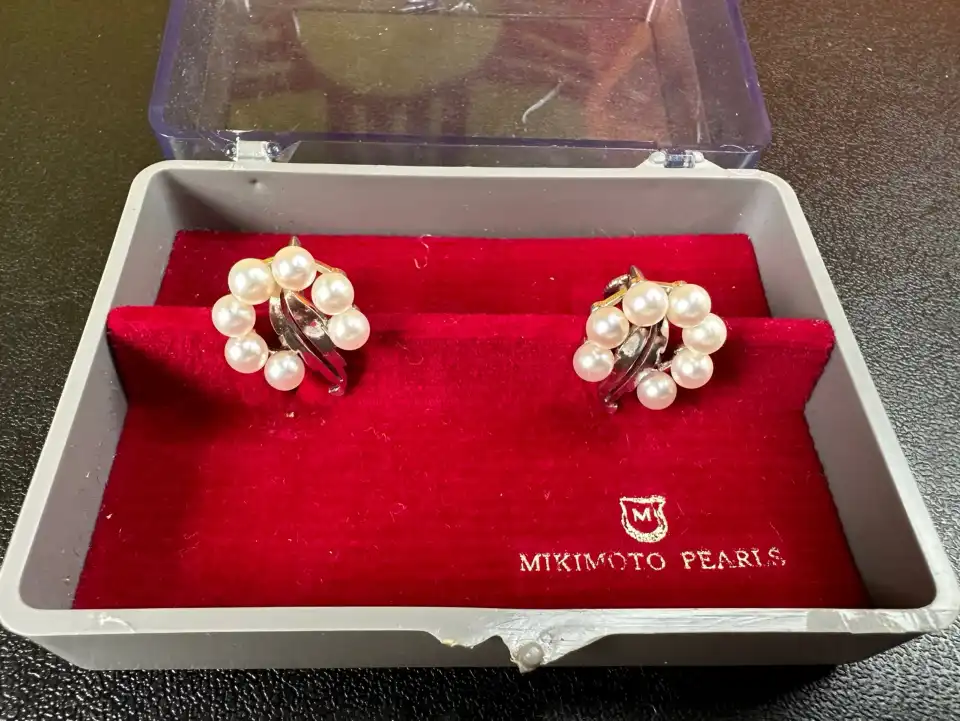
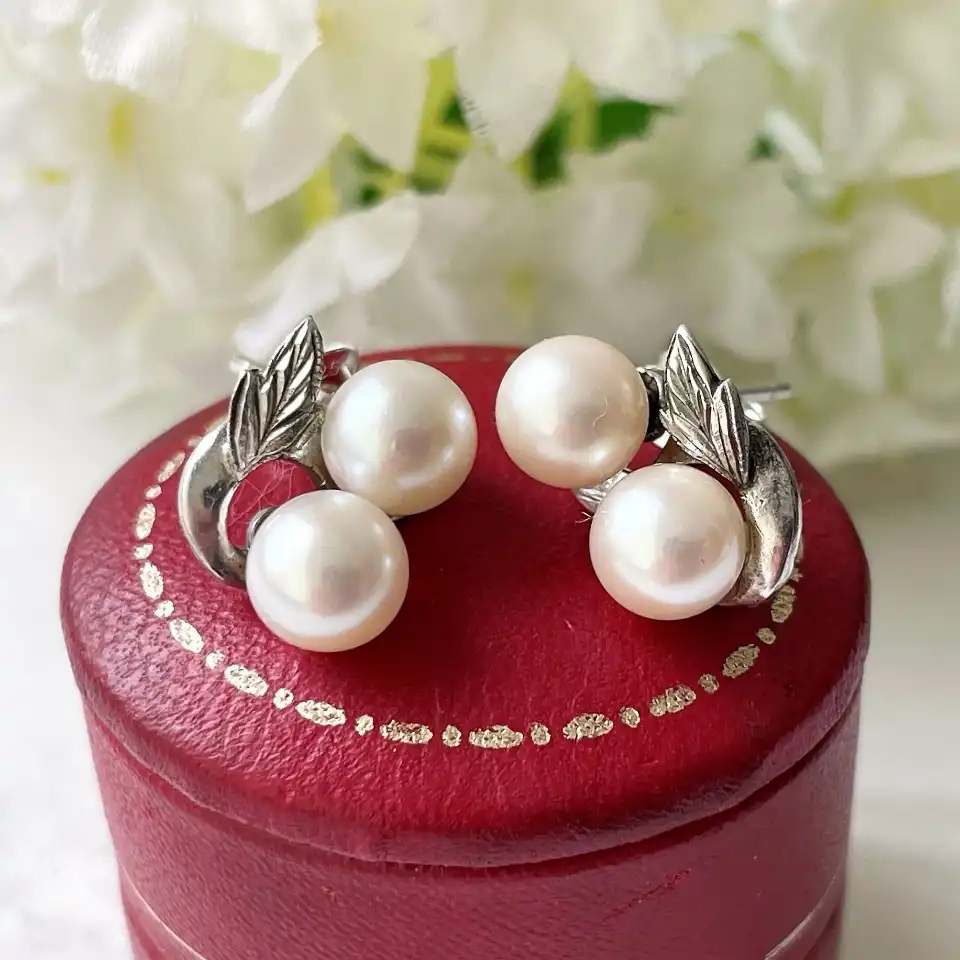
Maneki Neko
If your family does business, the lucky cat Maneki Neko is a great choice for a gift. This is a symbol of luck in Japan. On New Year, Japanese people have a tradition of buying a Maneki Neko and placing it in front of their house to collect all the luck and then return it to temples. It means leaving all the bad luck of the previous year back.
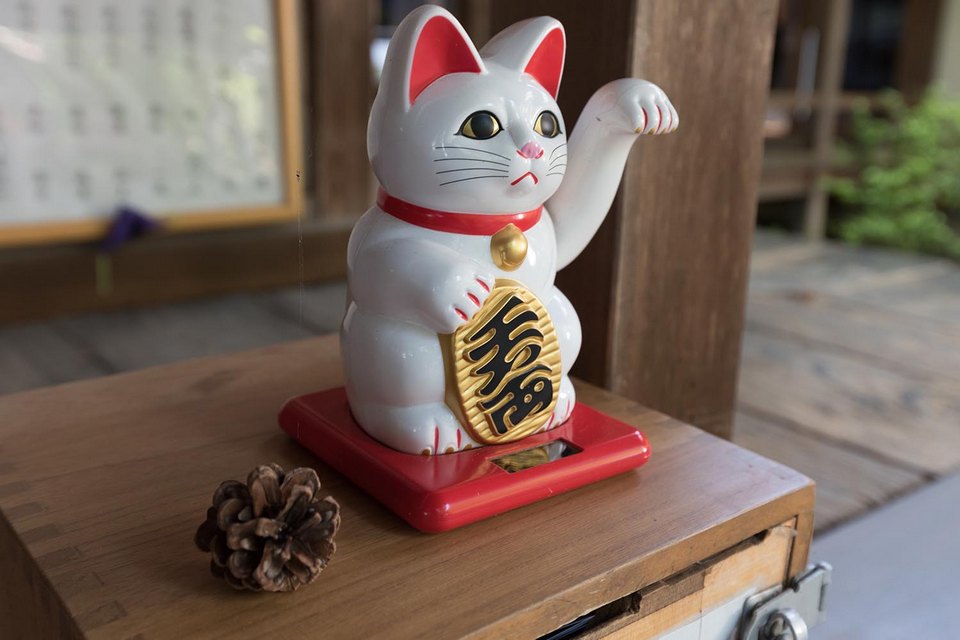
Kanzashi
Kanzashi are hairpins and ornaments used for traditional Japanese hairstyles. They are selected by Japanese girls to clip their hair when wearing traditional Kimono or Yukata. Kanzashi comes in many sizes and shapes, but mainly in floral shapes. Because of such diversity, it will not be difficult for you to find a suitable Kanzashi hairpin as a gift.
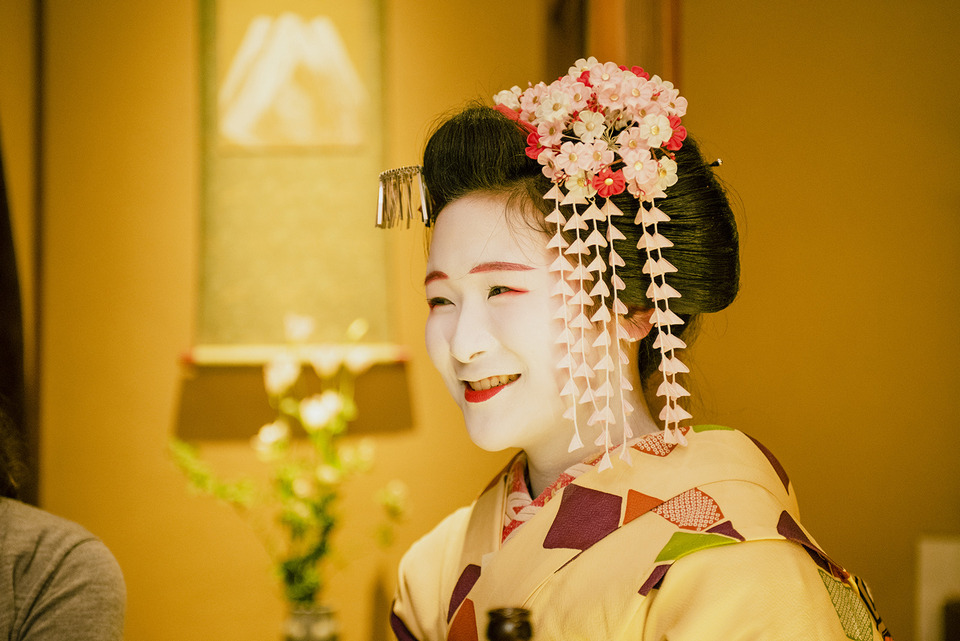
Some best day tours, trips, activities and transfer services, tickets in, to and from Tokyo you can refer to
- Private Narita International Airport Transfers (NRT) for Tokyo 23 Wards, Hakone, or Karuizawa
- Private Haneda International Airport Transfers (HND) for Tokyo 23 Wards, Hakone, or Karuizawa
- Airport Limousine Bus Transfers from/to Narita and Haneda International Airport (Free Wifi Onboard)
- Tokyo Amazing Sightseeing Bus Day Tour
- Tokyo Highlights Private Day Tour
- Nikko Day Tour from Tokyo
- Mt Fuji & Hakone Day Tour: Lake Ashi & Ropeway Day Trip from Tokyo
- Nikko Cultural Day Tour from Tokyo
- Tokyo Subway Ticket (24, 48, or 72 Hours)
- Tokyo Skyliner and Tokyo Subway Ticket
- Shuttle Bus Transfers (One Way/Round Trip) from Shinjuku/Ikebukuro to Tokyo Disneyland or Tokyo DisneySea
- Tokyo Disney Resort Park Ticket
- Klook Pass Greater Tokyo
- SHIBUYA SKY Ticket
- Warner Bros. Studio Tour Tokyo – The Making of Harry Potter Ticket
- Skyliner Narita Airport Express Ticket
- TeamLab Planets Ticket
- TOKYO SKYTREE® Ticket
- Limousine Bus Narita or Haneda Airport to Tokyo
- Skyliner Narita Airport Express With Tokyo Subway Ticket
- JR Tokyo Wide Pass
- Sky Hop-on and Hop-off Bus Pass
- 4G Prepaid Sim Card (JP Airports Pick Up) for Japan
- 4G WiFi (BKK and DMK Airport Pick Up) for Japan (Unlimited Data)
- JR Pass for Whole Japan (7, 14, or 21 Days)
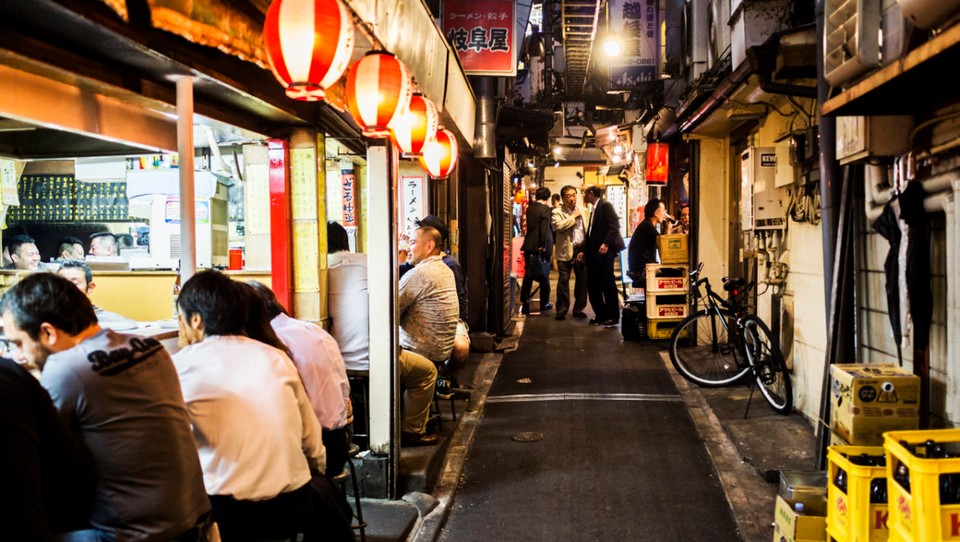
Are you looking for more Tokyo travel guide and top things to do in Tokyo: Tours, activities, attractions and other things? Read more: Tokyo itinerary 3 days — What to do in Tokyo in 3 days?
































![10 best airports in Asia in 2016 [RANKED] kuala-lumpur-international-airport-best airports in asia in 2016 by skytrax ratings](https://livingnomads.com/wp-content/uploads/2016/08/29/kuala-lumpur-international-airport-best-airports-in-asia-in-2016-by-skytrax-ratings-218x150.jpg)








